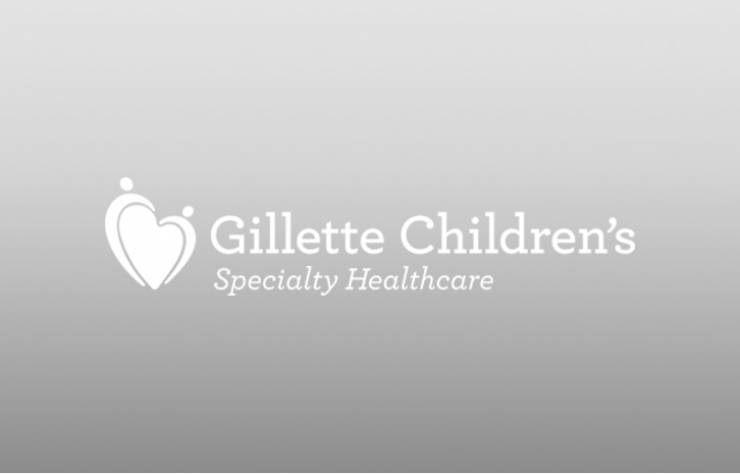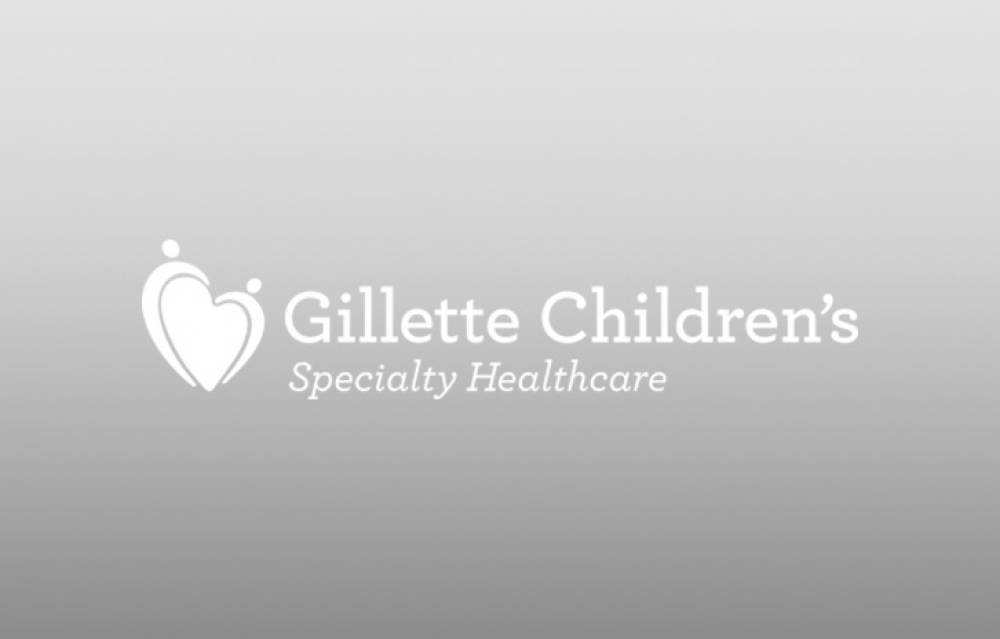-
{care_team_members status="Open|hide from care team page"}
-

{care_team_members:ct_first_name} {care_team_members:ct_last_name}
{care_team_members:ct_full_title}
{/care_team_members}
person:channel_short_name: {person:channel_short_name}
person:
title: {person:title}
-
{links}
{/links}
No category selected to display locations. Locations Dynamic
-
{locations}
- {locations:title} {/locations}
-
{widget}
{widget:widget_content}
- {widget:widget_content:tab_title} {/widget:widget_content} {/widget}
The arrival of the Zika virus in the U.S. has raised awareness of the hidden risk of viruses, particularly those that may cause problems for pregnant women and their babies. Much media coverage has focused on children who are born with small heads (a condition called microcephaly) due to the spread of the Zika virus in Central and South America, and in the Caribbean. Zika, however, is only one of several viruses and conditions that can have an adverse outcome on a child in the womb, says Amanda Moen, M.D., a pediatric neurologist at Gillette Children’s.
“Pregnancy is a time of anticipation and wonder as families begin to plan and dream for the future of the new child,” Moen says. “However, pregnancy can also be a time of high anxiety. There are many factors that are out of a woman’s control that can impact the health and development of that unborn child.”
 While it is impossible to prevent all infections, there are some infections that are important to try to avoid during pregnancy because of the effect they may have on an unborn baby.
While it is impossible to prevent all infections, there are some infections that are important to try to avoid during pregnancy because of the effect they may have on an unborn baby.
Here’s some information that expectant mothers can use to protect themselves and their unborn babies:
- Transmitted by mosquitoes in areas such as Central America, South America, the Caribbean and Africa.
- Symptoms include fever, rash, joint pain and red eyes.
- Risks for baby include being born with small head/brain (microcephaly), which can lead to disorders such as cerebral palsy, learning disabilities and seizures.
- Prevention measures include avoiding travel to regions where the virus is prevalent. If you need to travel to these areas, avoid mosquito bites by wearing long sleeves and using insect repellents.
- Transmitted by contact of bodily fluids from infected individuals: often babies, toddlers and small children.
- Symptoms include fever, fatigue and joint pain.
- Risks for baby include small head/brain (microcephaly), hearing loss, seizures and cerebral palsy.
- Prevention measures include frequent hand washing, and limiting contact with saliva, urine and other bodily fluids of small children who are ill.
- Transmitted by eating undercooked meats or handling cat feces.
- Symptoms: There are few – often none – for healthy people. Some may develop mild flu-like symptoms.
- Risks for baby can be severe and include microcephaly, brain malformations, cerebral palsy, seizures, as well as hearing and vision impairment.
- Prevention measures include cooking meats thoroughly, avoiding lunch meats, not changing kitty litter and staying away from stray cats or kittens.
- Transmitted by contact with an infected person who is coughing or sneezing.
- Symptoms include swollen glands, rash and aching joints.
- Risks for baby include deafness, cataracts and visual impairment, learning disabilities and liver and spleen damage.
- Prevention measures include the “MMR” — Measles, Mumps and Rubella — vaccine which prevents infection if exposed. Women can ask their obstetrician to determine if their immunity to rubella is adequate by doing a blood test, and if a booster vaccine would be indicated.
- Transmitted by contact with fluids from an infected individual who is coughing and sneezing – or in some cases, touching a surface that has the virus on it.
- Symptoms include fever, cough, sore throat, runny nose, headache and fatigue.
- Risks for baby include preterm labor, congenital abnormalities and an association with increased risk for cancers in the infant.
- Prevention is best attained by getting a flu shot. It’s completely safe and recommended by most major medical organizations that pregnant women receive one.
“I encourage women to contact their obstetrician or primary care provider if they have questions about how to protect themselves from infections during pregnancy, or if they think they have been exposed to one of these conditions,” Moen says. “Basic infection control practices, such as handwashing, can go a long way to reduce infection risk. With the addition of the above precautions, an expecting mother can feel much more confident that she is protecting her baby to the best of her abilities and enjoy her pregnancy with a little bit less worry and anxiety.”



